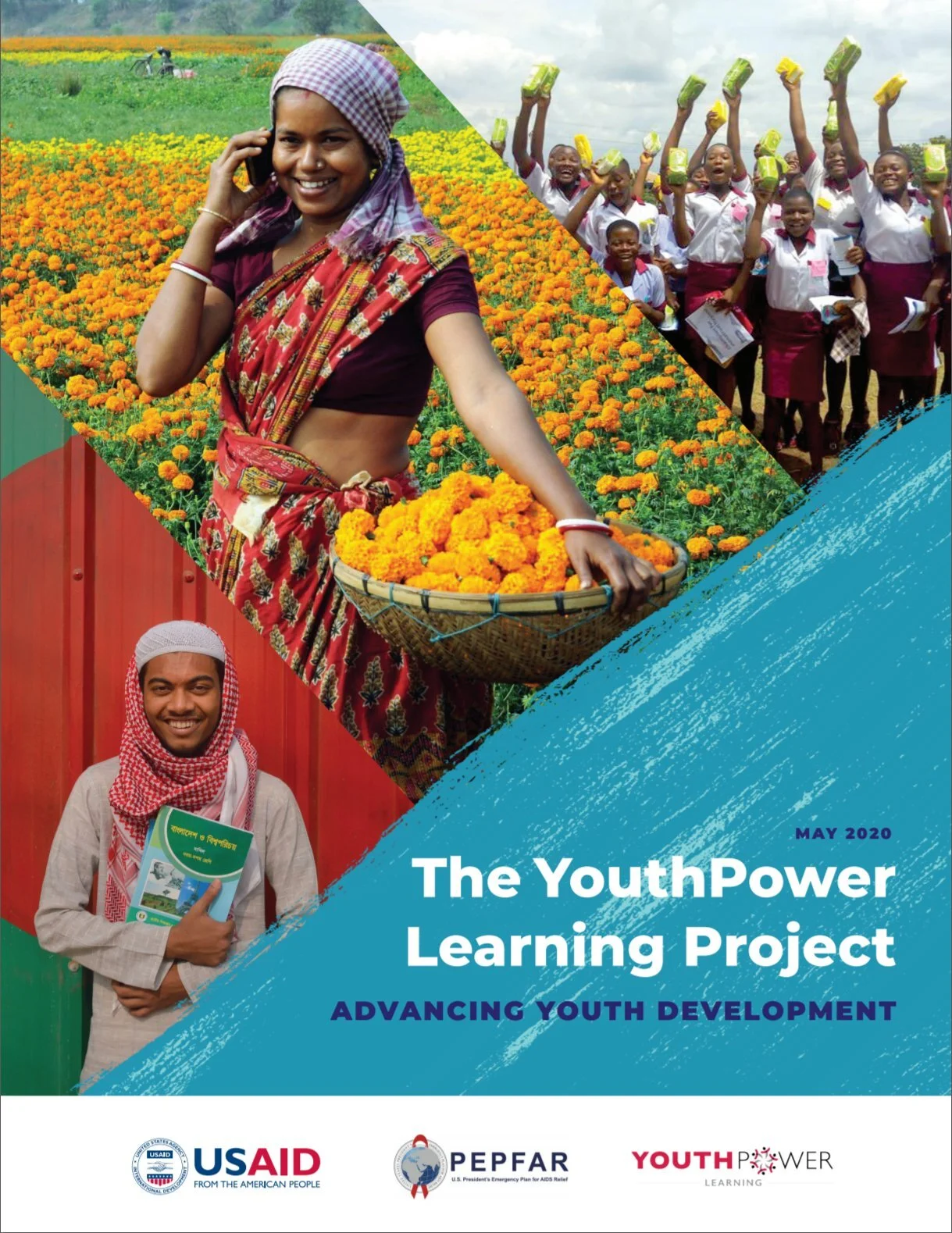This engagement has never been more important as the largest generation of young people in history comes of age around the world. With strategic investments, this population can be a dividend for economic and social development. Without them, we risk further destabilizing communities and nations already grappling with challenges such as mass migration, political unrest, and economic hardship. This reality is why the U.S. Agency for International Development (USAID) made the positive youth development (PYD) approach central to its efforts in youth development.
Since issuing its Youth in Development Policy in 2012, the Agency has prioritized promoting and integrating youth as partners and the PYD approach in everything we do. Over the past eight years, USAID invested approximately $2.4 billion in youth-related initiatives, including for basic education, family planning/reproductive health, HIV prevention and care, workforce development, orphans and vulnerable children, violence prevention, agricultural development, gender, and civic engagement activities related to young people.
Capitalizing on earlier life stage programming in child and adolescent health, education, and job training—all of which supports each country’s journey to self-reliance—these investments lay the foundation for the future by preparing young people to engage productively in their communities and better manage risks and challenges. They also ensure youth are able to access appropriate services and take advantage of opportunities as they transition into new adult roles and responsibilities.
YouthPower Learning has been critical in securing USAID’s success in these areas. Now more than ever before, the way the youth development community engages with young people is changing. Increasingly, young people are regarded as partners in our work and as emerging leaders in their communities, rather than as beneficiaries in need of help or a demographic challenge to be solved. This is a welcome and necessary shift. With nearly 1.8 billion of the world’s population between the ages of 10 and 29— the largest generation in history—we face an unprecedented opportunity. If we can work together so young people are better equipped to make the transition into healthy and productive adulthood, they can catalyze tremendous positive change in their communities.
Since its inception five years ago, YouthPower Learning, a USAID project dedicated to strengthening the evidence base in PYD, has been wholly focused on this goal. Working shoulder-to-shoulder with an array of partners, we identified existing knowledge and evidence gaps around PYD, which we addressed by creating online platforms and a plethora of publications, toolkits, webinars, training, and other resources. We also cultivated global communities of practice for practitioners and provided important grant funding to support and learn from local youth-led and youth-serving organizations.
The transformative impact of this partnership does not stop there. By creating a collaborative space that transcends organizational and sector silos, we have seen a vibrant The project codified and socialized the PYD definition and framework for low- and middle-income countries (LMICs), fostering increased learning among our partners and staff through new resources, events, indicators, and measurement tools. Through the creation of the YouthPower.org and YouthLead.org platforms, YouthPower Learning helped coalesce a network of more than 100,000 practitioners and youth around the shared goal of advancing youth development.
YouthPower Learning supported the Agency directly by conducting cross-sectoral youth assessments and staff training sessions for Missions. In addition, the project generated a wealth of resources, including the PYD Measurement Toolkit, Feed the Future Project Design Guide for Youth-inclusive Agriculture and Food Systems, and the Toolkit for Youth Inclusion in Democracy, Human Rights, and Governance, among many others. By changing the dialogue around youth engagement and improving the professionalization of PYD, these contributions helped make USAID more intentional in the design of youth programming.
Thanks to YouthPower Learning, USAID and the development field have made tremendous strides in engaging and supporting youth across all sectors. With our work far from finished, the challenge ahead is to apply and expand upon the PYD knowledge base. USAID looks forward to supporting the broader field as we continue on this journey.
Nancy Taggart, Senior Youth and Workforce Advisor, Office of Education
Elizabeth Berard, Youth Branch Chief, Office of HIV/AIDS
Laurie Rushton, Health Development Specialist, Office of HIV/AIDS
Michael McCabe , Agency Youth Coordinator
By engaging young people as leaders and change agents while striving to understand their interests and meet their needs, we nurture their potential to catalyze global development, social change, stability, and economic growth.


